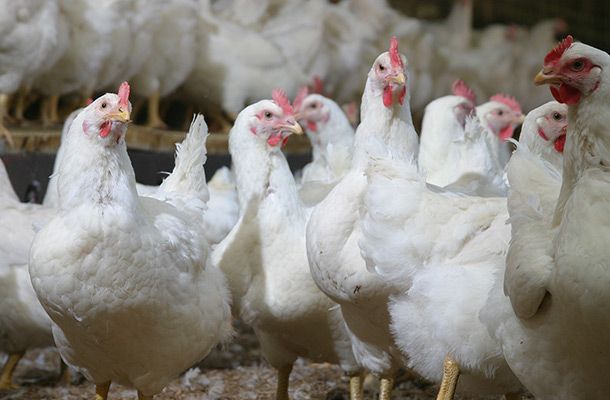Automatic laying nests require good management
Tags: Egg handling | Blog
, November 13 2018

Pas Reform’s involvement in exhibitions and events around the world presents an excellent opportunity to see the latest developments in our industry first-hand. I enjoy attending these events when I can, to see these developments myself and to meet the people behind them.
At one such recent event, I met someone from a poultry housing equipment company. He asked my opinion on the trend for more and more modern houses to be equipped with automatic laying nests, suggesting that litter nests with manual egg collection seemed destined to become a thing of the past.
Automatic laying nests can, I agreed, assure clean hatching eggs of good quality, and on this basis I believe that they do represent efficiency and progress in poultry production.
However, in my experience, I continued, the incidence of fertility problems, measured by the number of clears removed during candling, seems to be increasing. Often, upon opening a sample, the majority of these clears show that an embryo died in the very early stage. In countries with a moderate climate especially, a breakout of un-incubated eggs from the storage room frequently reveals fertile eggs with an underdeveloped embryo.
In warm countries like Indonesia, a fresh egg breakout usually reveals the classic doughnut-shaped-embryo, and in these countries hatchery results are often higher. In my opinion, this phenomenon of underdeveloped embryos could be attributed to the eggs cooling too quickly while lying on the egg belt of the automatic laying nests, especially where there is a draught directly over the eggs. Good climate control and well-constructed and positioned nests will prevent this. Eggs in a traditional litter nest naturally cool down at a much slower pace, without any cooling draught.
Another observation I shared was an increased incidence of hairline cracks. Of course, this has a lot to do with shell quality, but the way the automatic laying nests are managed is also a relevant factor. Hens prefer to lay their eggs in the corners of the nests. Yet in automatic laying nests, the number of corners available in each nest is restricted, because they are not designed for single-occupation. Eggs are therefore concentrated in groups along the length of the egg belt.
If eggs are only collected twice a day, simply moving the belt half the length of a nest unit between the two egg collection times will prevent newly laid eggs from bumping into the eggs already on the belt and thus also reduce the occurrence of hair cracks.
The shift to automatic laying nests is a step forward in increasing the efficiency of poultry production, I concluded, as long as we bear in mind that good management practices are also essential.